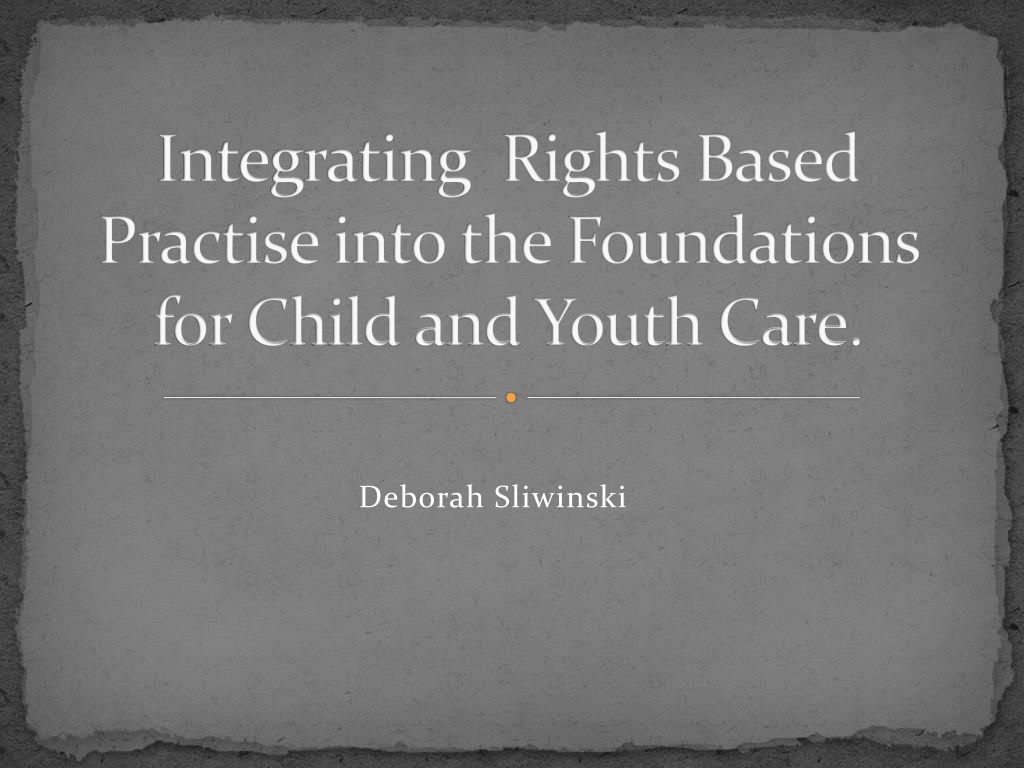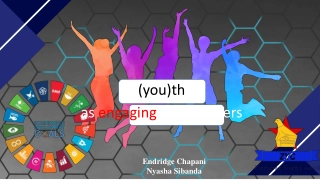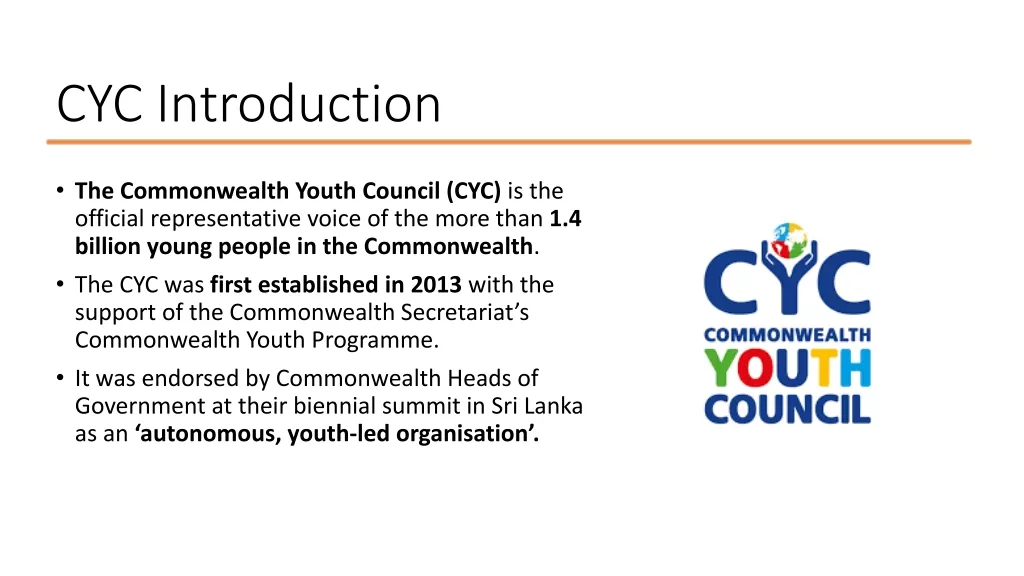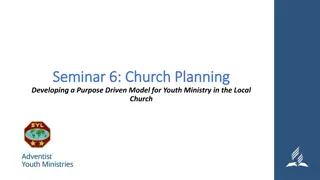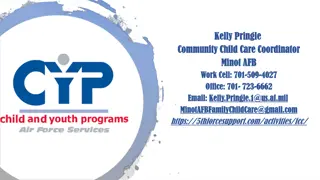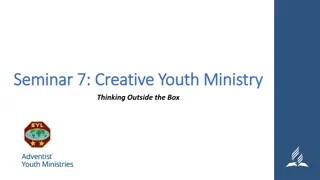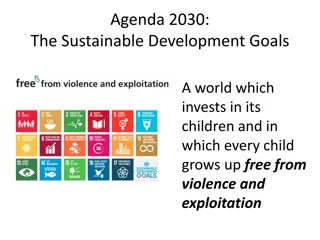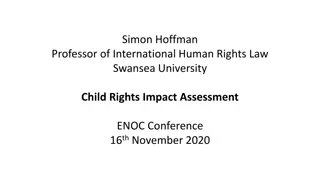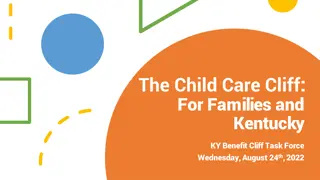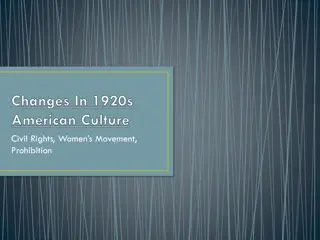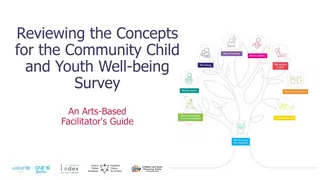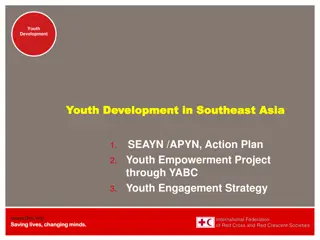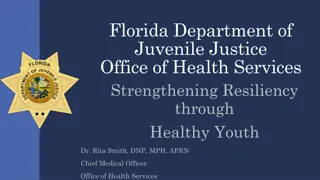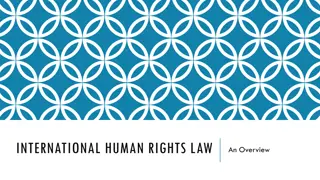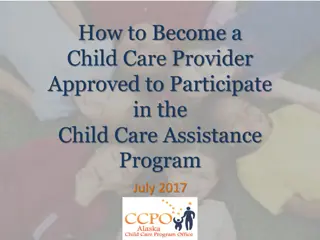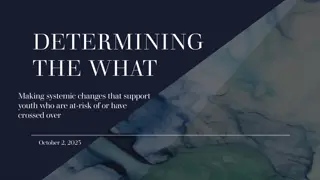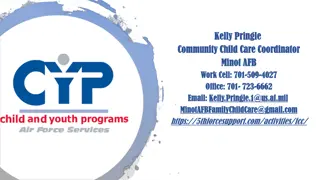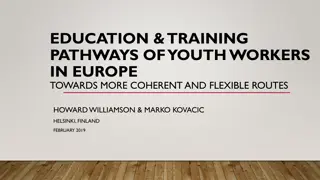Integrating Rights-Based Practice into Child and Youth Care
Challenge the status quo by integrating a rights-based practice into the foundations for child and youth care. Empower children and youth as active agents in their lives, emphasizing their rights in areas of protection, provision, and participation. Promote advocacy to amplify their voices and ensure their rights are upheld.
Download Presentation

Please find below an Image/Link to download the presentation.
The content on the website is provided AS IS for your information and personal use only. It may not be sold, licensed, or shared on other websites without obtaining consent from the author.If you encounter any issues during the download, it is possible that the publisher has removed the file from their server.
You are allowed to download the files provided on this website for personal or commercial use, subject to the condition that they are used lawfully. All files are the property of their respective owners.
The content on the website is provided AS IS for your information and personal use only. It may not be sold, licensed, or shared on other websites without obtaining consent from the author.
E N D
Presentation Transcript
Integrating Rights Based Practise into the Foundations for Child and Youth Care. Deborah Sliwinski
Objective: Challenge the status quo regarding working with young people and propose the integration of a rights based practise into the foundations for child and youth care. Examine children s rights within an advocacy framework and discuss the role of amplifying the voice of children and youth as they make rights claims. DSliwinski2012
Starting Premise: Children and youth are active agents in their own lives and have a role to play in creating the change they want to see in the services they are involved with or in. Promote a rights based curriculum that will lay the foundation to speak about children and youth as rights holders. DSliwinski2012
Rights: We all have rights Globally, all people have legally protected rights in the form of legislation, or the law . These are known as human rights . Canada signed the United Nations Convention on the Rights of the Child (UNCRC) in 1990 and ratified it in 1991 . The UNCRC is the most widely ratified United Nations document in history. DSliwinski2012
Rights Vs. Desire There is a difference between a right and a desire Rights are protected / enshrined in law and desires are what one hopes for but are not necessarily rights i.e desire to eat ice cream every day, the right is to receive meals that are well-balanced, of good quality and appropriate for the child. DSliwinski2012
Childrens Rights Can be divided into three areas Protection The right to live free of physical and emotional harm. Free from sexual exploitation and cannot be forced to work under the age of 16 Provision The right to receive adequate food, shelter, seasonal clothing, proper medical and dental care Participation The right to be involved in important decisions about their well being. Over age of 12 they must be invited to attend all important meetings i.e. Plan of Care http://rightsofchildren.ca/wp-content/ http://rightsofchildren.ca/wp-content/uploads/News-Release-Childrens-Rights- CCRC-Alternative-Report.pdf 1. 2. 3. DSliwinski2012
Advocacy Advocacy is often described as a process of empowerment, giving power to others. Advocacy can be more appropriately viewed as assisting children and youth in finding their own power from within and teaching them to use it effectively. DSliwinski2012
Advocacy - UN CRC According to UNCRC (United Nations Convention on the Rights of the Child) The Convention establishes in international law that countries must ensure that all children without discrimination in any form benefit from special protection measures and assistance; have access to services such as education and health care; can develop their personalities, abilities and talents to the fullest potential; grow up in an environment of happiness, love and understanding; and are informed about and participate in achieving their rights in an accessible and active manner DSliwinski2012
Advocacy As Defined by The Ontario Provincial Advocate for Children and Youth The primary goal of child advocacy is to elevate the voice of youth. This means more than empowering youth to speak out on their own behalf. It means more than faithfully replaying their words. The standard to aspire to is articulated in an African proverb: "Don't speak about us, without us." It means speaking together with youth about youth. DSliwinski2012
Why do Child and Youth Care Practitioners need to know this? To Protect children and youth from harm that you might inadvertently cause by not knowing or following the procedure (CYW s are an agent of help and of change for their client, many of the children and youth have been so damaged and mistreated by the system that as a good CYW you want to do everything possible to prevent anymore harm being done) DSliwinski2012
Role of Child and Youth Care Practitioners To contribute to the knowledge young people have about their rights. To speak about children s rights within their day to day work. To be the voice for vulnerable youth CYW s are the Advocate. Must know and be as totally informed as possible, so that they can give the best possible help at all times. DSliwinski2012
Role of Child and Youth Care Practitioners Cont d You link children and youth to the resources they need. You are so often the one person that children and youth who makes the difference in their lives. You are the person who helps young people to find their voice and then use it when they begin to think about taking ownership of their future. DSliwinski2012
Studies on child and youth development point to the importance of stable, positive adult relationships in the life of the young person. For many children and youth growing up in our systems, however, these points of connection can be few and far between. Often Child and Youth Care Practioners are this positive adult in the province s care system, listening to their concerns and witnessing their inspiring efforts to overcome the many challenges they often face. DSliwinski2012
Children and youth need three essential needs to be successful. They need resources, connections, and voice. With a strong voice, young people can ask for and make use of the resources and connections they need. Without voice, they are unheard and invisible. DSliwinski2012
Nelson Mandela: There can be no keener revelation of a society's soul than the way in which it treats its children. DSliwinski2012
